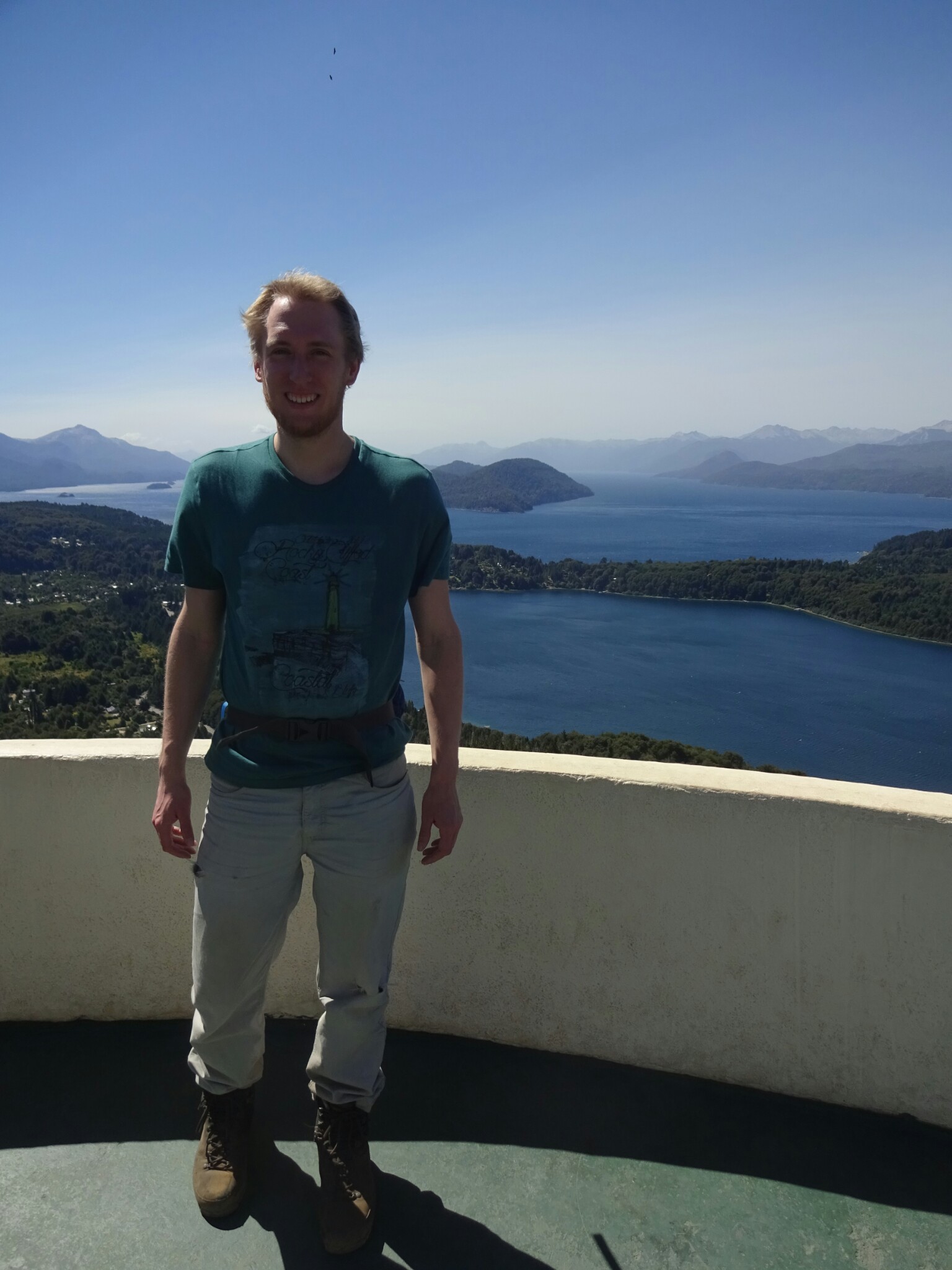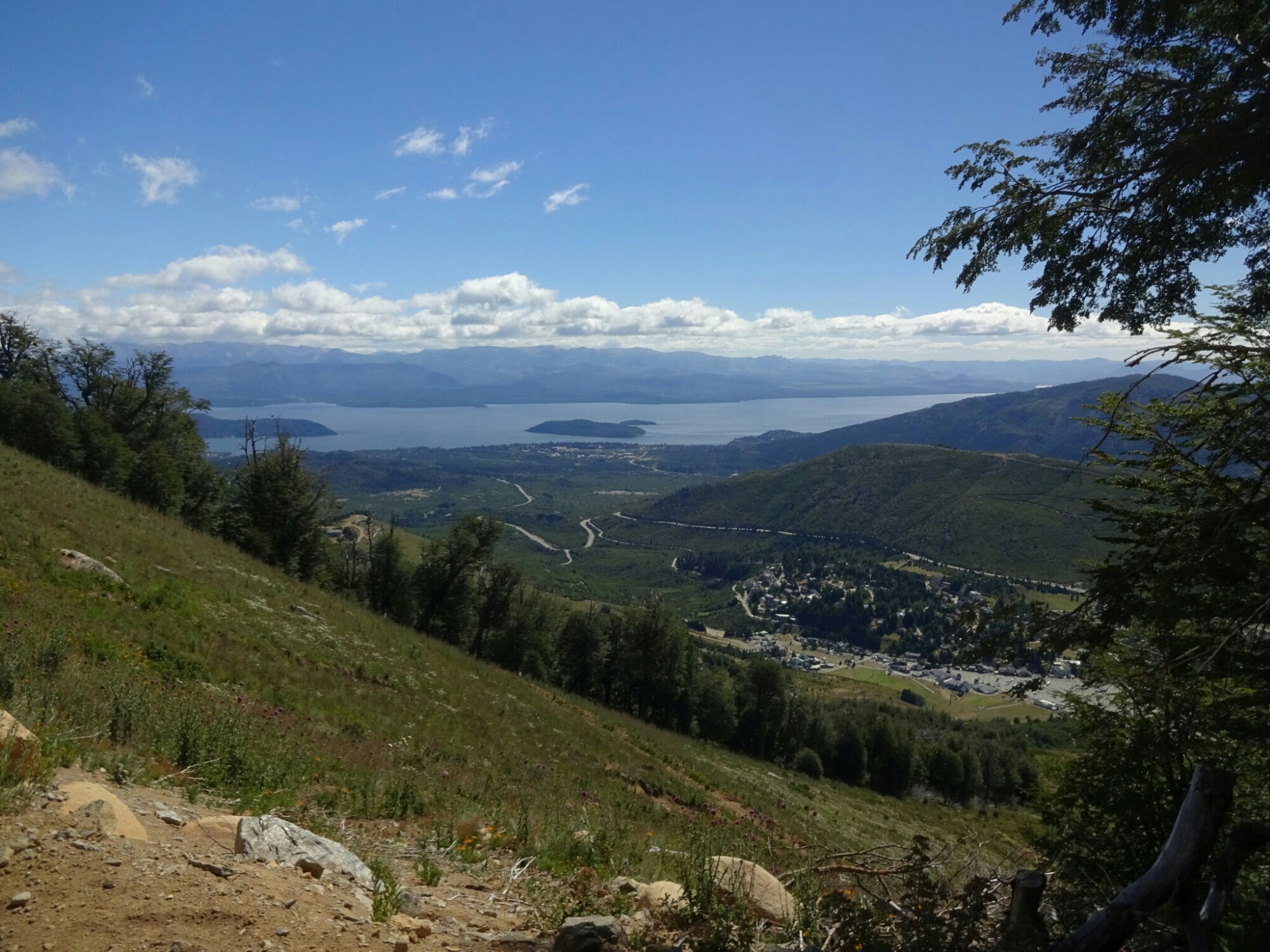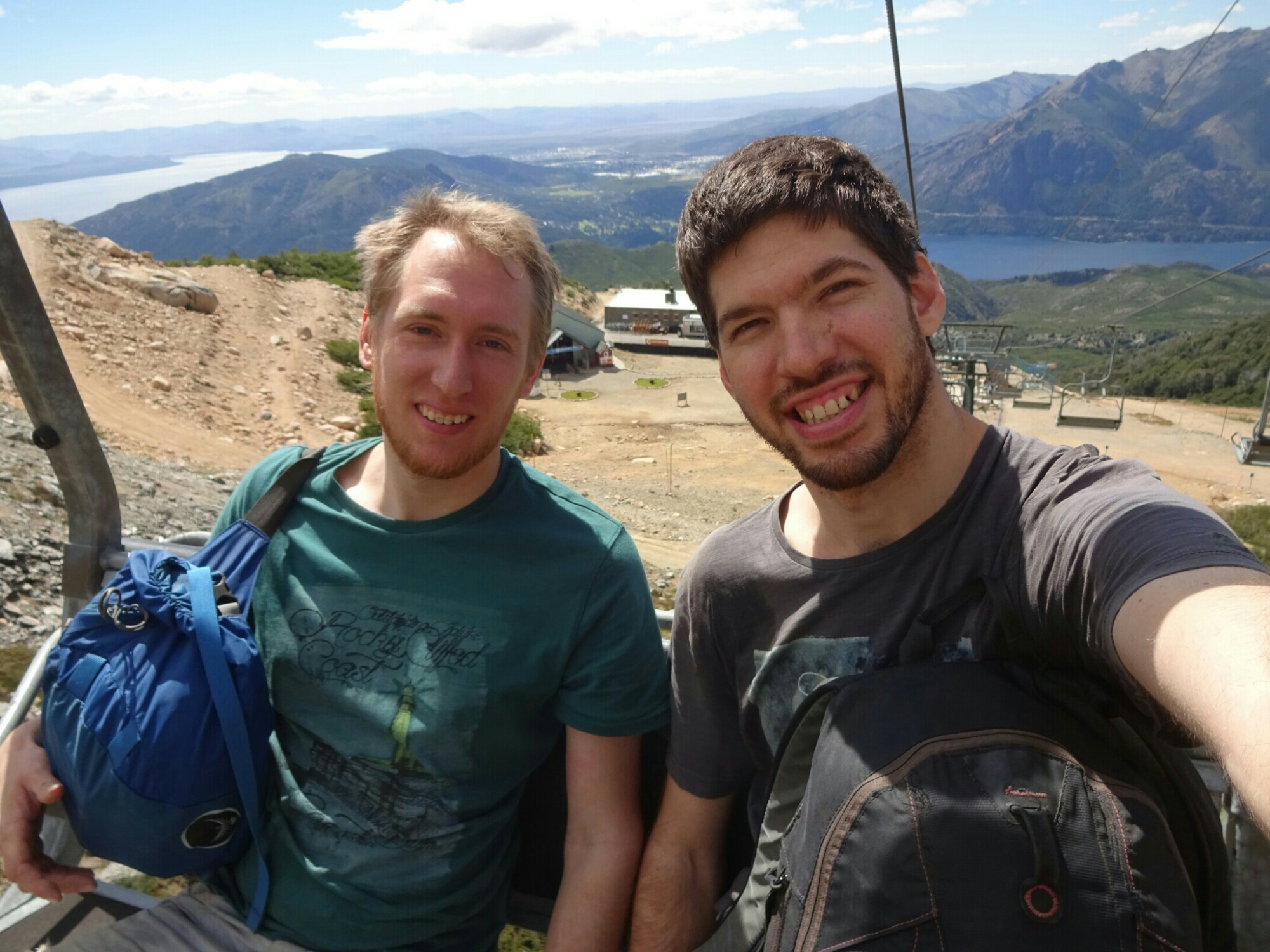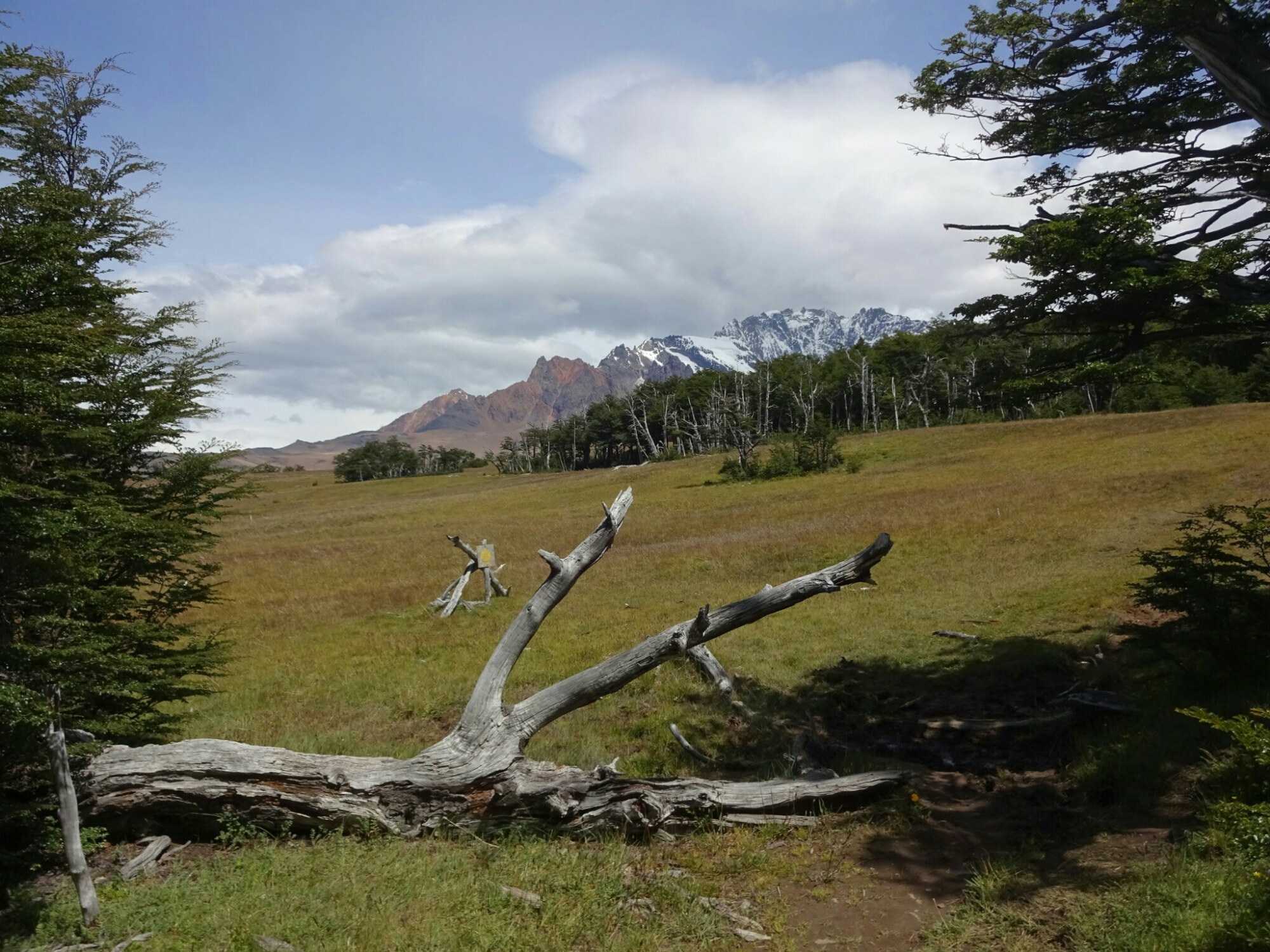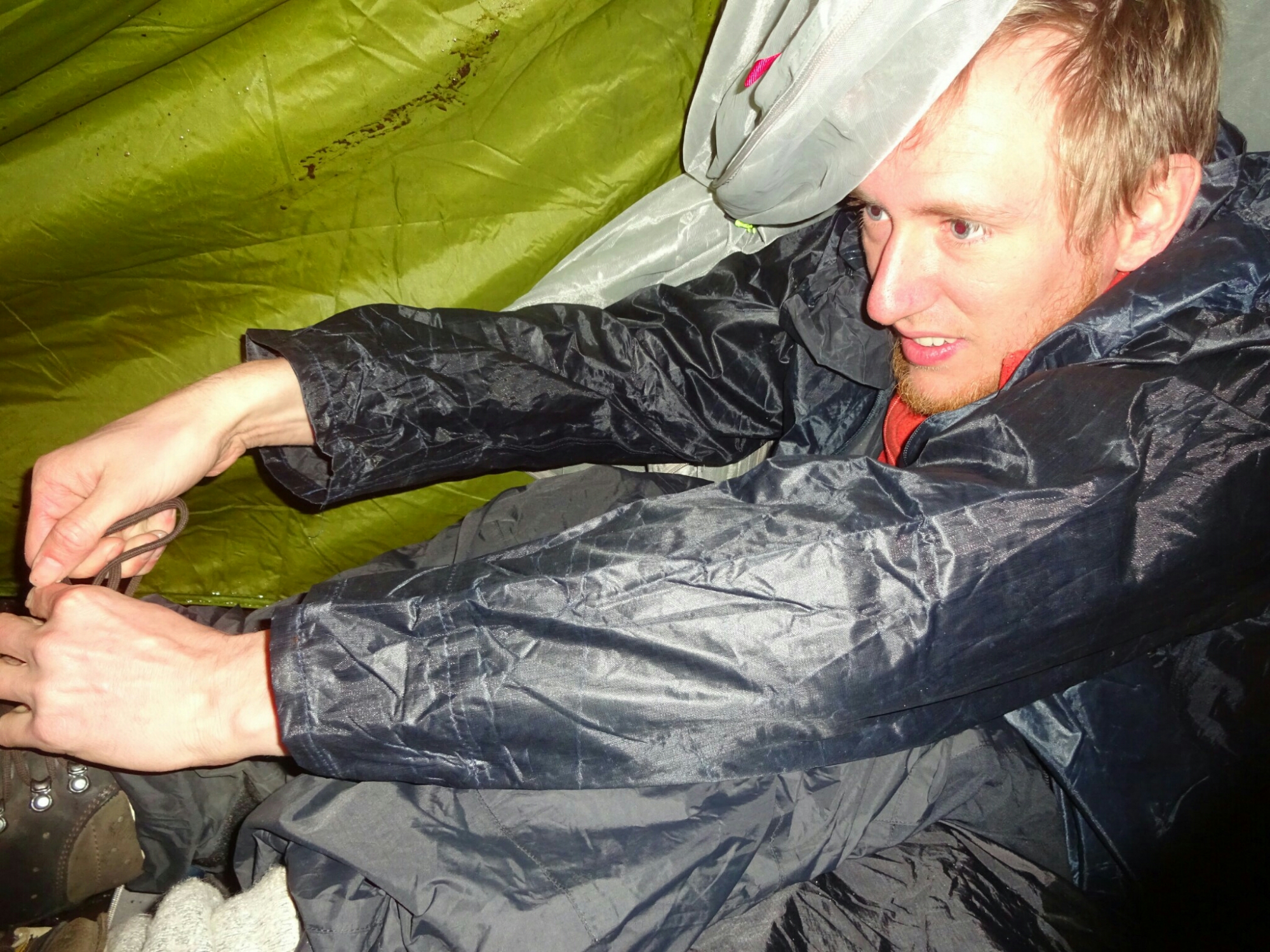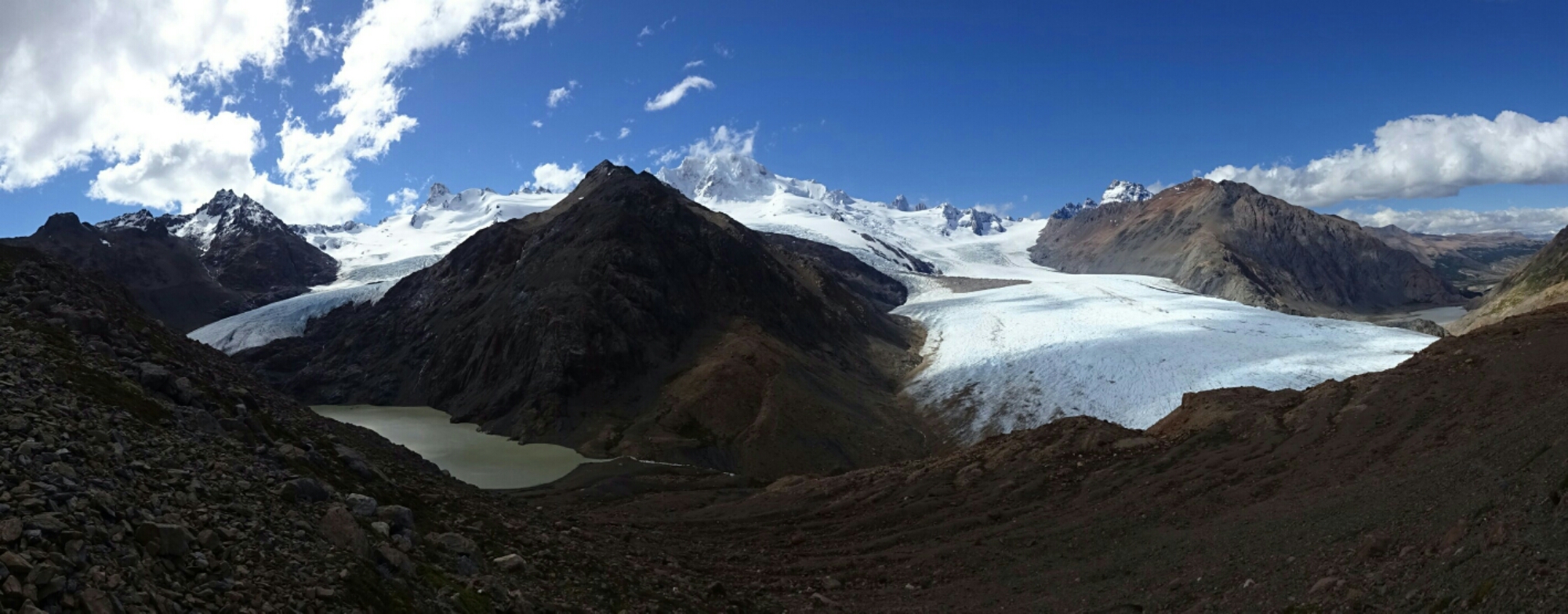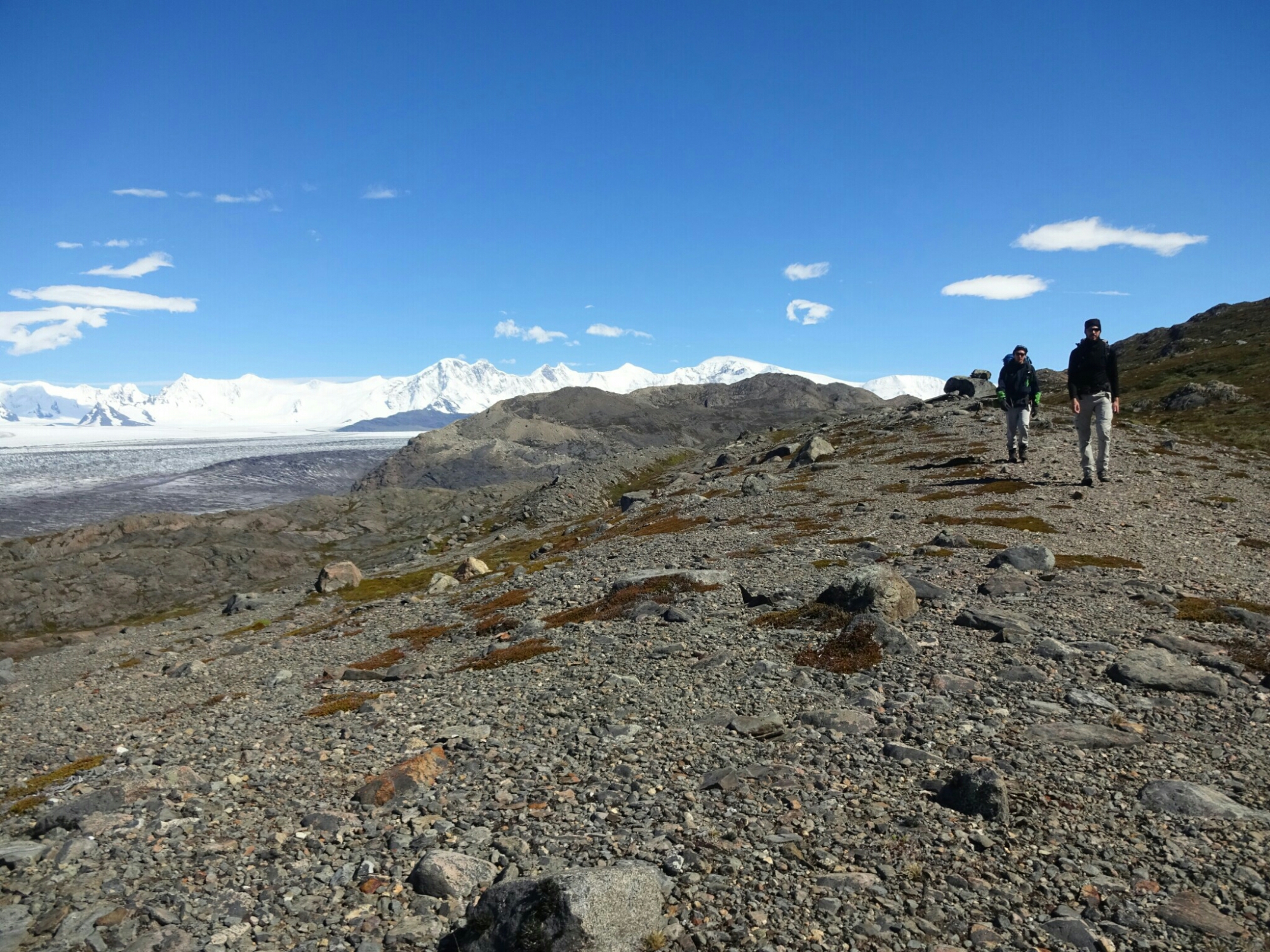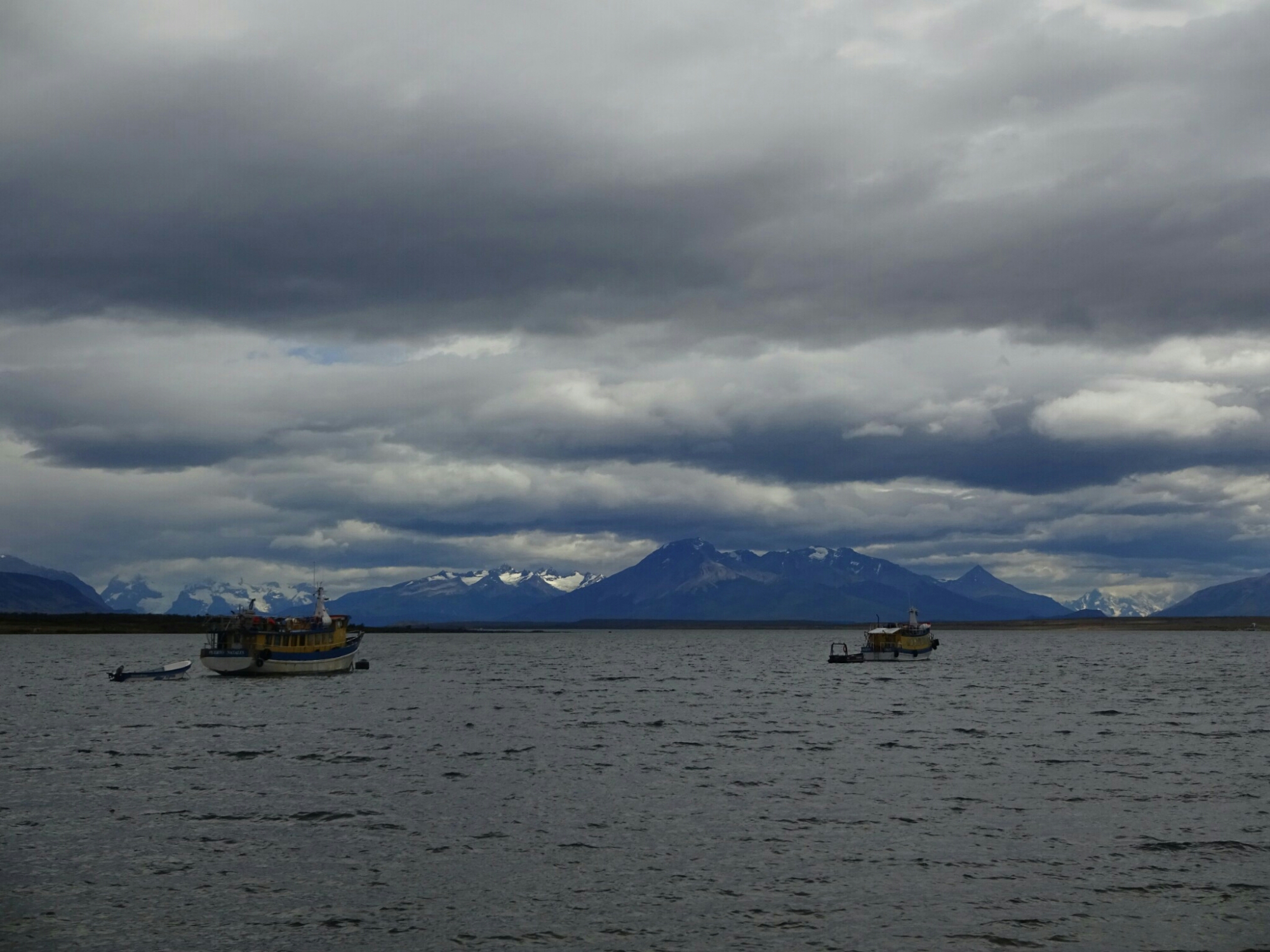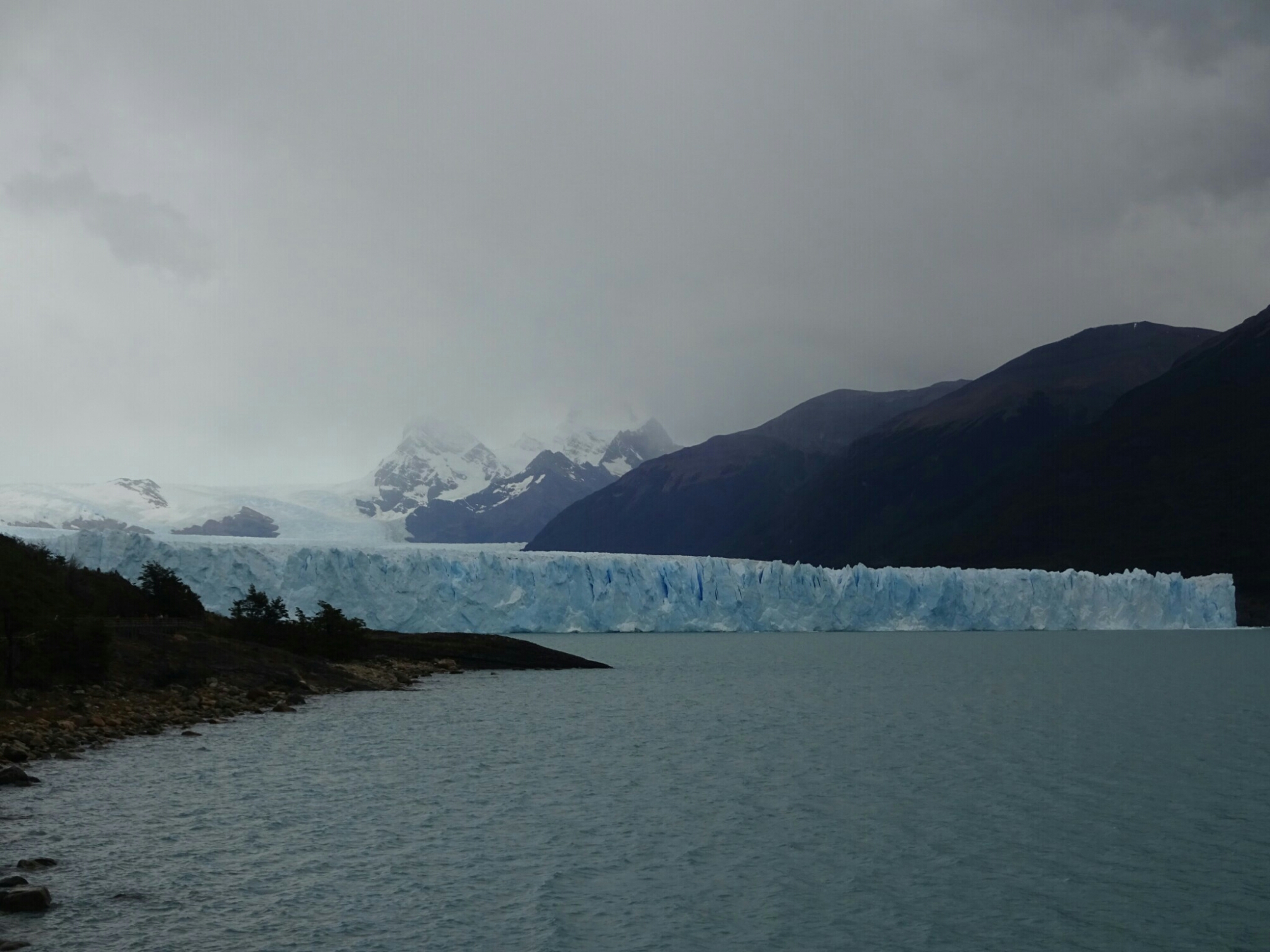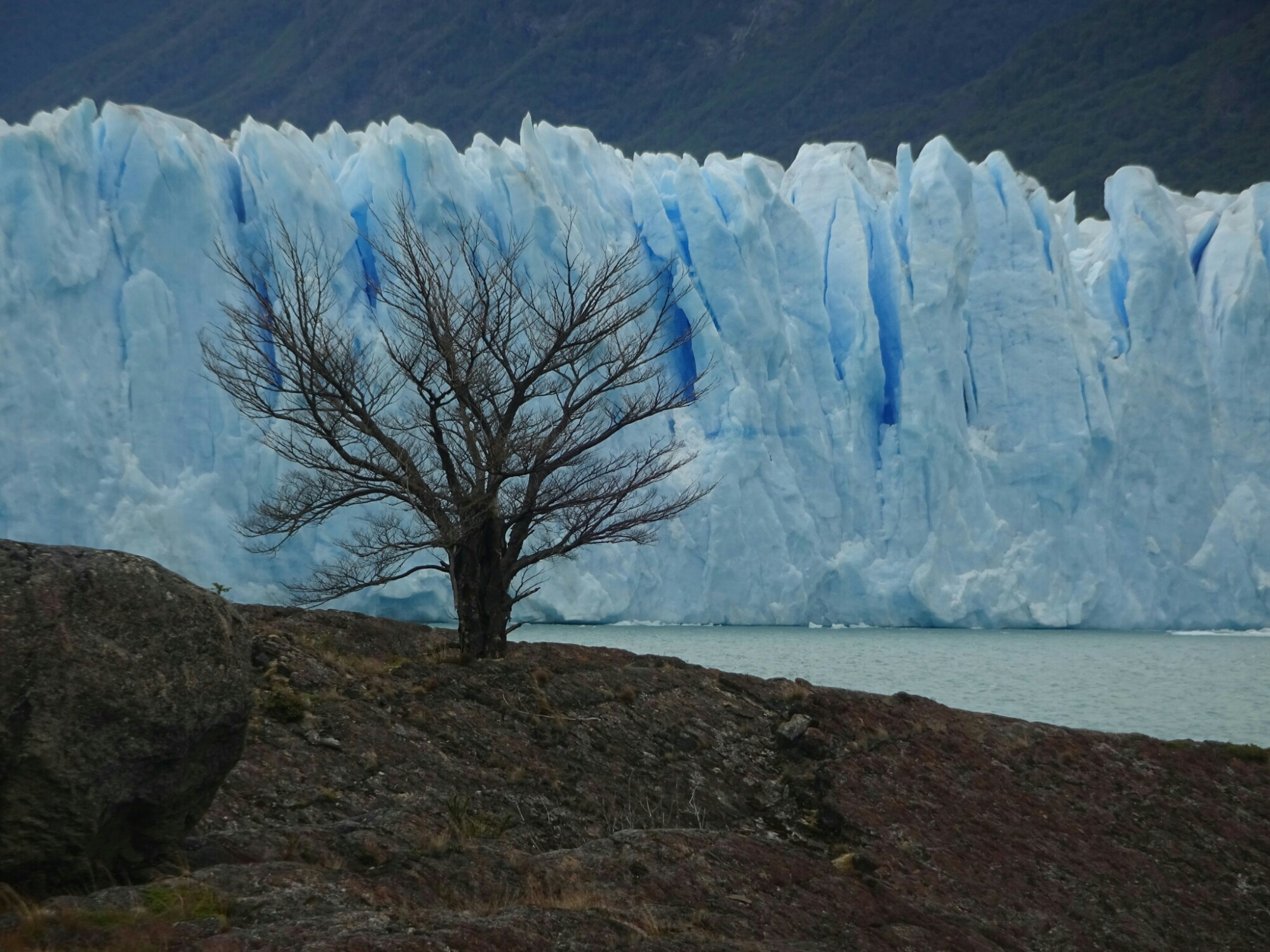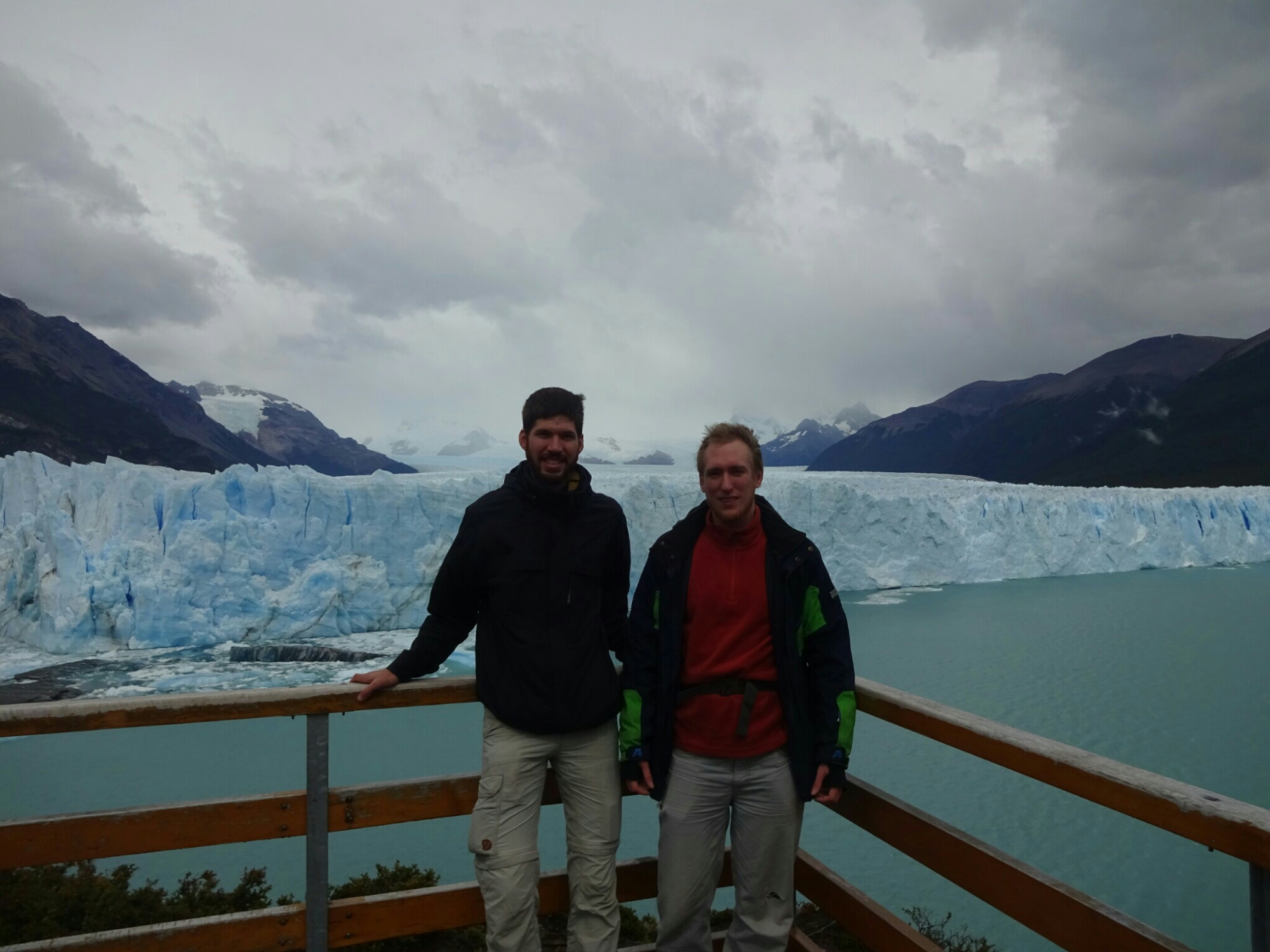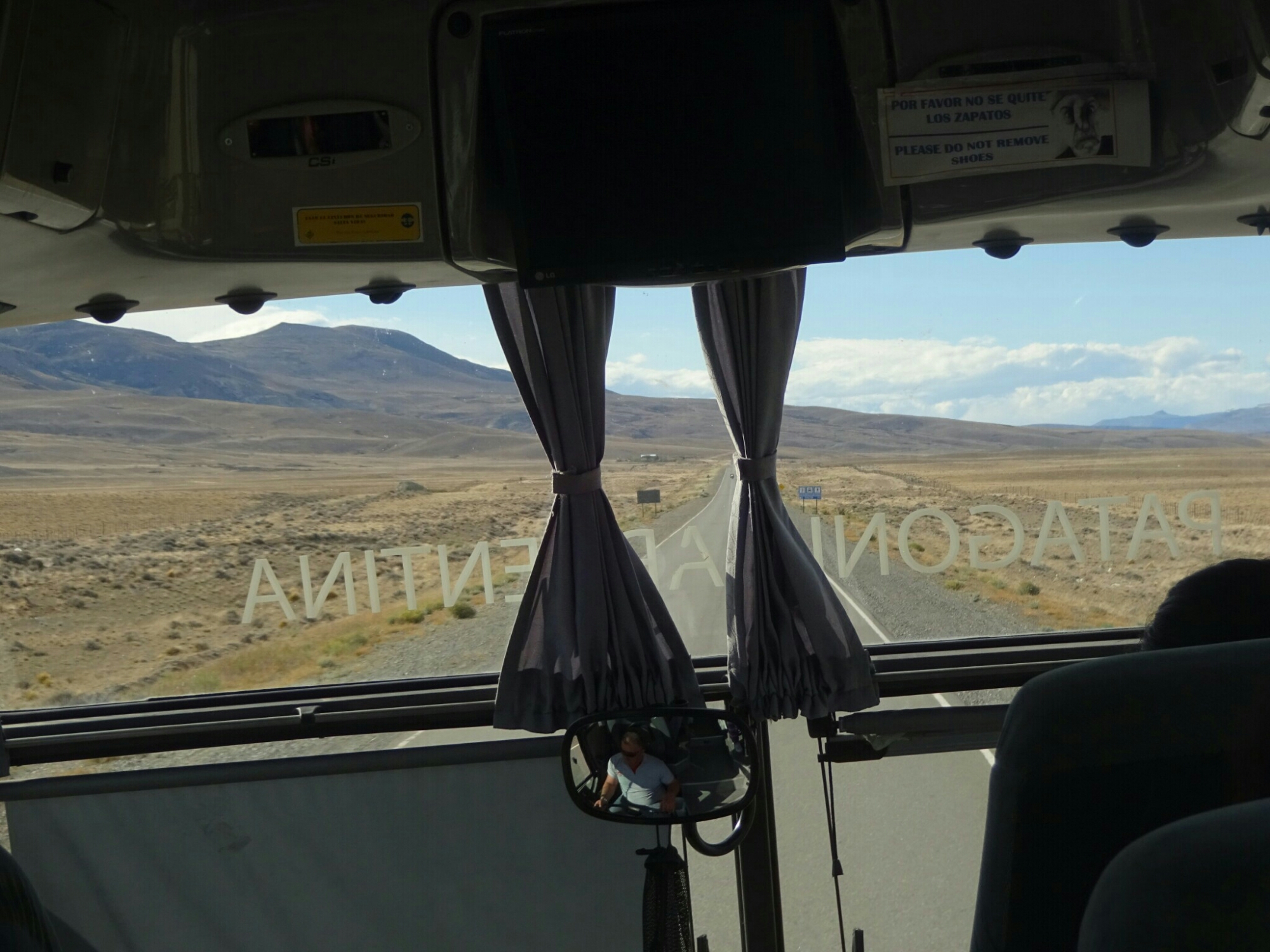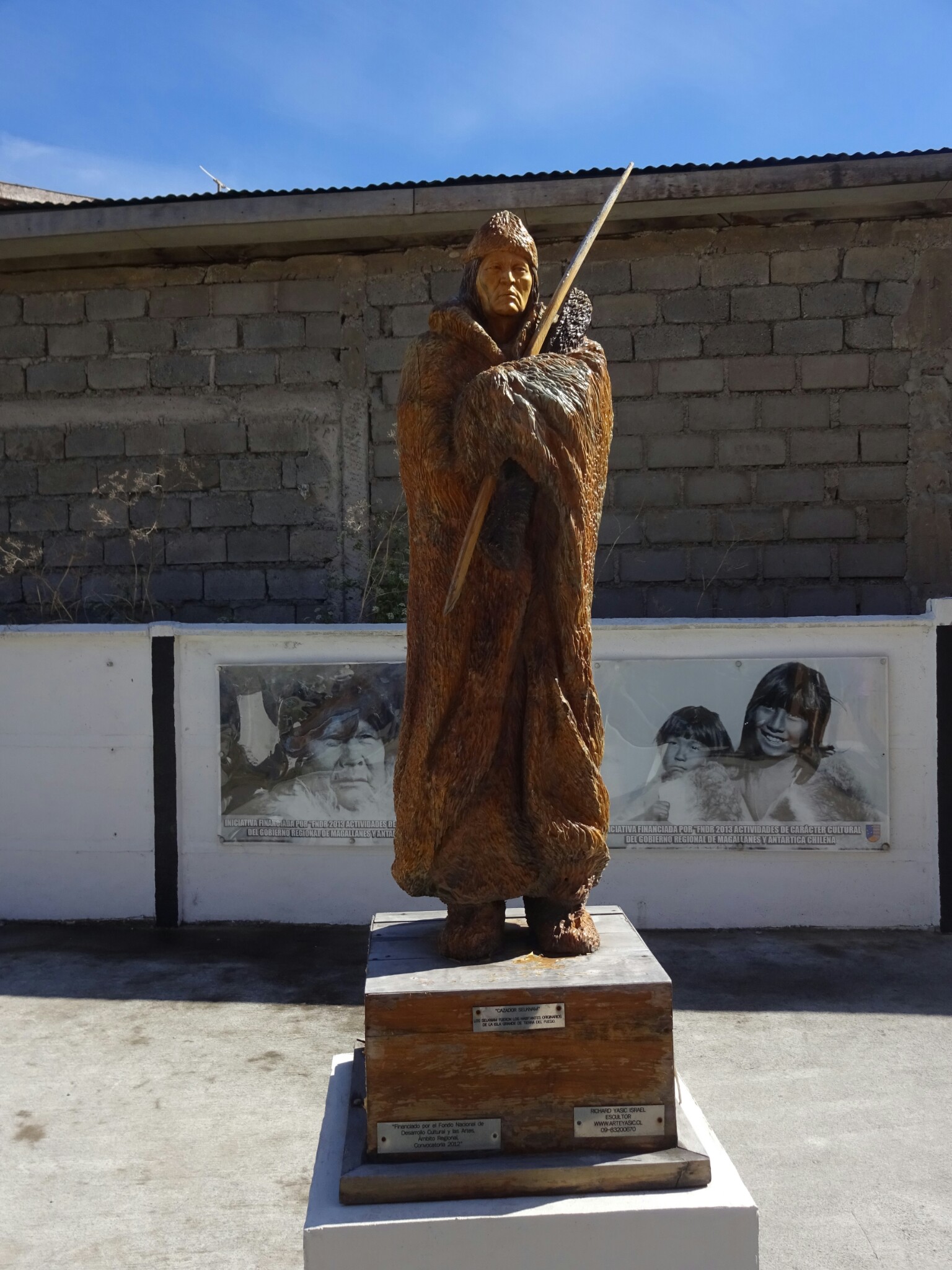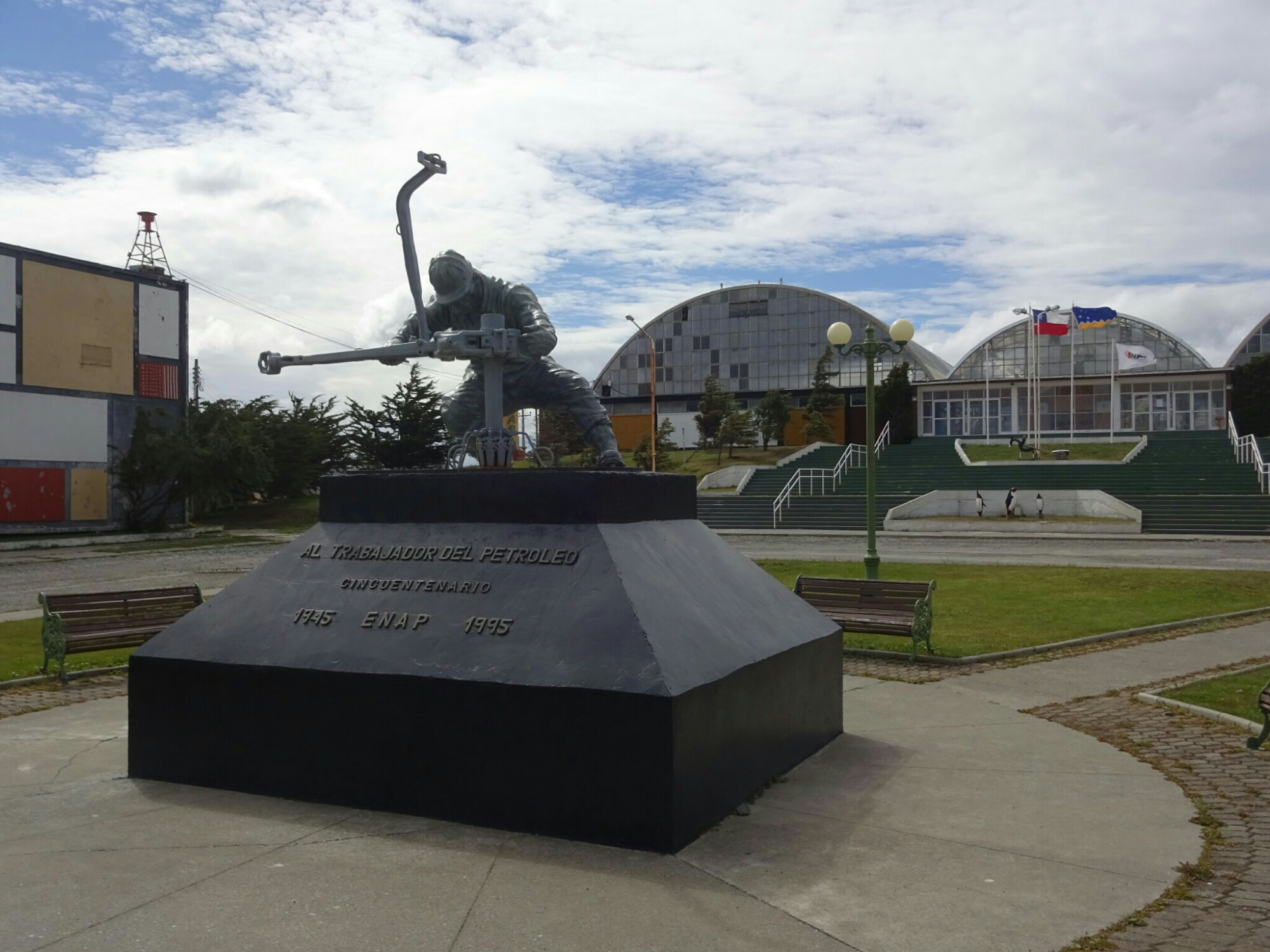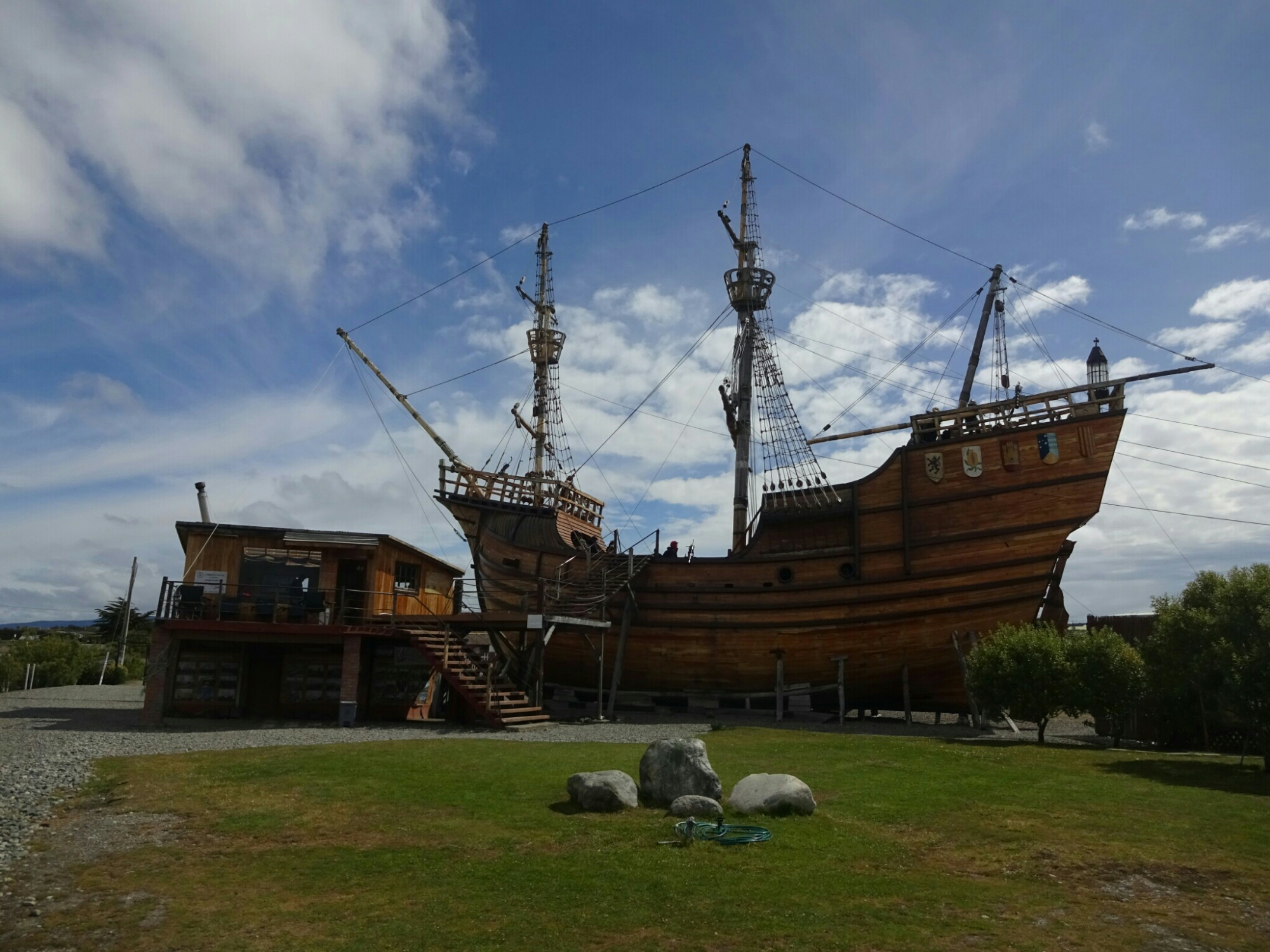Our next destination was Villarrica, a small town in the center of Chile. This time we took a direct bus to cross the border, which seemed to be much faster than the last time I crossed it here. One reason might be that the busses have a separate counter, but then the lines in general were not as long as they were about three weeks ago. It still took us the whole day to get to Villarrica and its famous volcano.

Our original plan was to climb the volcano right the next day, but we couldn’t get a spot on one tours. All tours leave from the neighboring Pucon, but most companies don’t have a pick-up service from Villarrica, which is much more quiet and less touristy. Instead we decided to have a look at Pucon and try out an activity called Hydrospeed, which was recommended to me somewhere along the way. And it stood up to my expectations, as it was a lot of fun to go down the river rapids (up to class III) with nothing but a small floatation device.

In some places the river was quite shallow, so it’s not much of a surprise that we got a bit bruised during the tour. Maybe it was not the best idea to do this on the day before the volcano (we had managed to book one for the day after), but was still worth every bit of it.
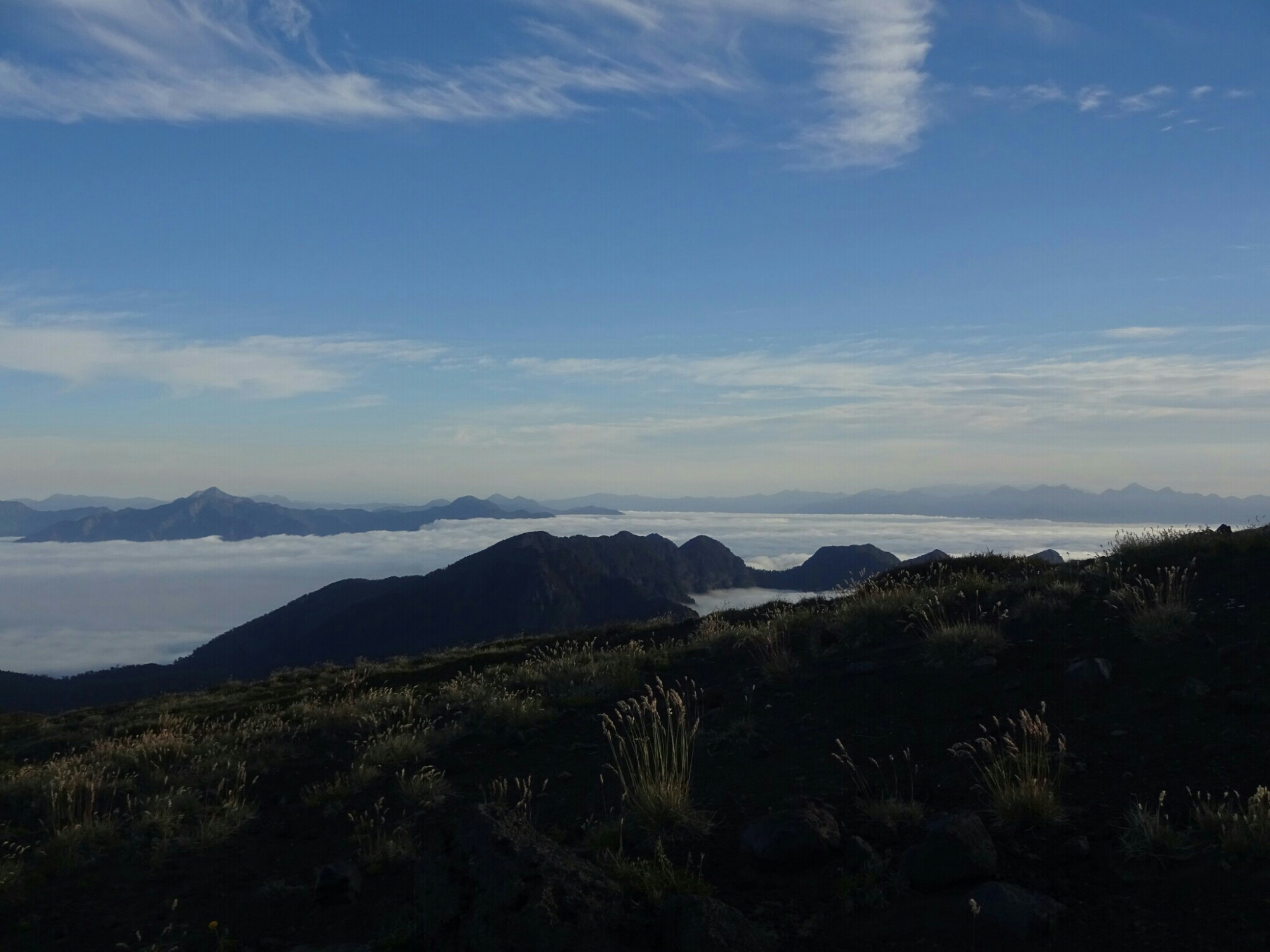
When we got picked up early the next morning, the sky was covered in clouds. We picked up all necessary equipment in Pucon and continued to the base of some skiing lifts at an altitude of about 1400m. Here, we had a blue sky and sunshine as we were already above the clouds. Although most people took the lift, Benno and I decided to walk up. Tobias, our guide for the tour, and two other Germans joined us. It was actually quite nice to be the last ones, as it was really quiet and we could go at our own pace without being constantly overtaken by some of the other 250 people that were heading up that day.

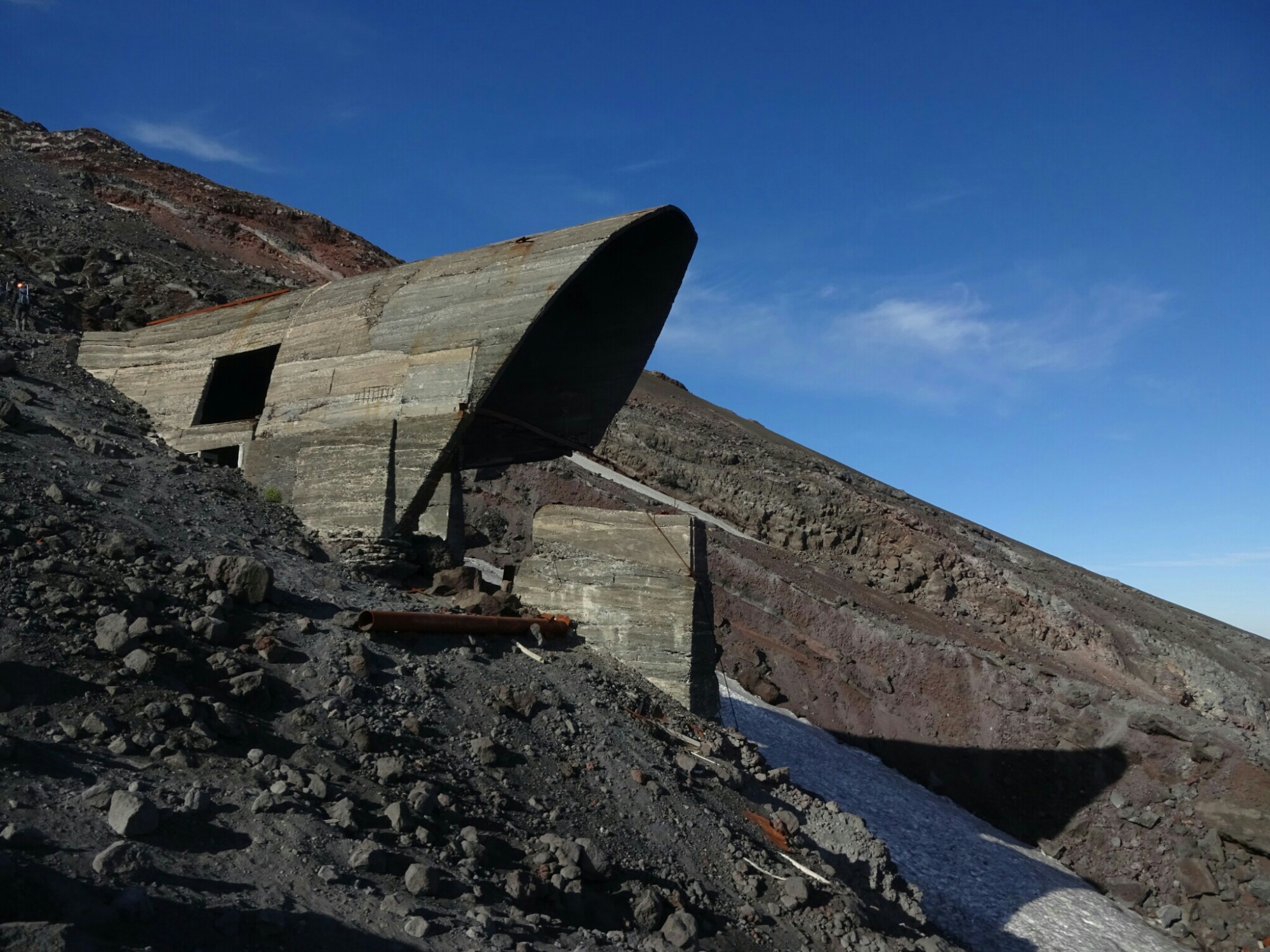
At 2200m we had to put on crampons and get out the pickaxe, because we had reached the snow. By now the top of the mountain, which had been at clear sight for most of the ascend, was covered by clouds. We continued slowly but steadily until 2600m, about 200m below the summit, where we were completely surrounded by clouds. Here we decided to turn around, because we wouldn’t be able to see the inside of the crater, where supposedly lava can be seen most of the days. Additionally, falling rocks are posing a greater hazard with the poor visibility conditions.
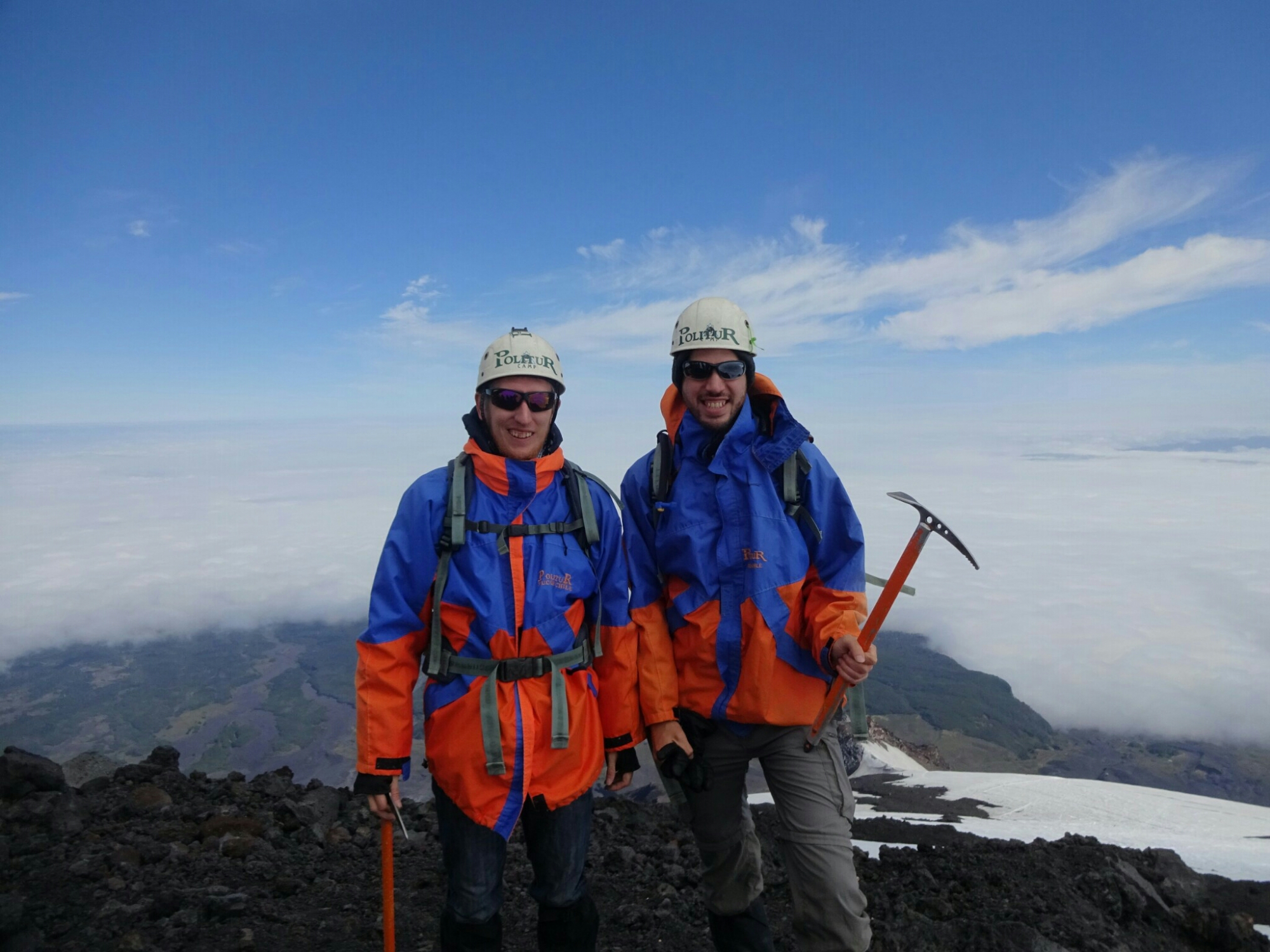

The way back down was much faster and much easier than what you may expect. The first 400m were a giant snow slide, where we sat down on a little plastic bowl and went down at a speed that was sometimes too fast to be comfortable. It was still a lot of fun! The rest of the descend was pretty easy, as we took a different trail, where the soil was loose. This allowed us to slide down a little bit with every step we took, which is also not as tough on the knees.
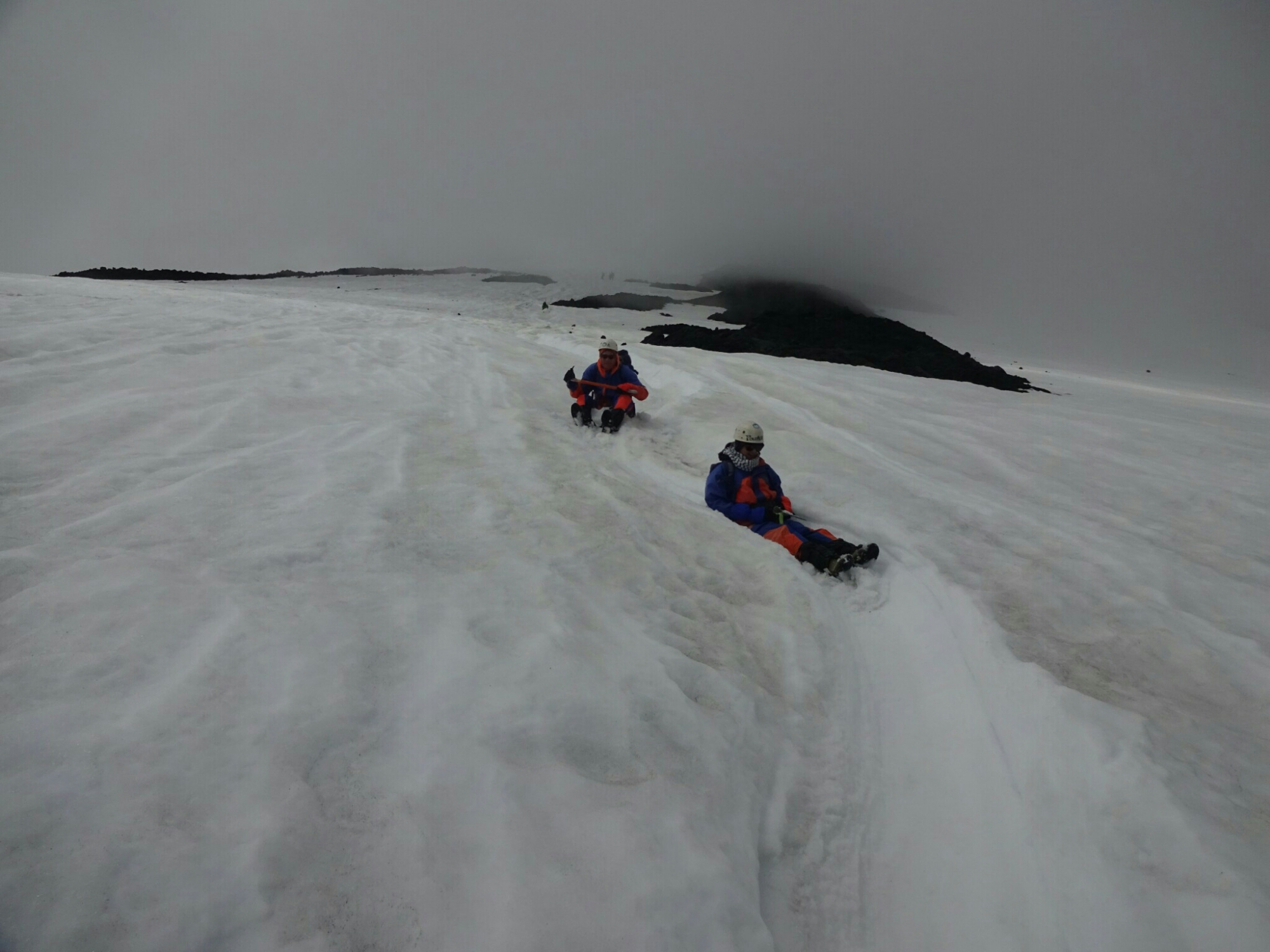

The perfect way to end the day was the bring-and-share barbecue at our hostel. In Germany, most of the times we bring our own meat and a salad to share with everyone. In Chile it’s different: Their barbecue consists mostly of meat, which is why nobody knew what to do with the pasta salad that Benno and I had made. Nevertheless there was more than enough to eat for everyone. We even got introduced to a typical dish from Chile – “Disco”, a mix of fried onions with chicken, beef, pork and mussels.

We used our last day in Villarrica for a quick visit to “Los Pozones”, one of the many hot springs in the area. They consist of several natural basins with varying water temperature, from luke warm to really hot. It was quite relaxing, but involved a lot of hustle on the way back. Due to a huge traffic jam, the way back to Villarrica took almost four hours instead of two and we got to the bus station just on time for our night bus to Santiago.






